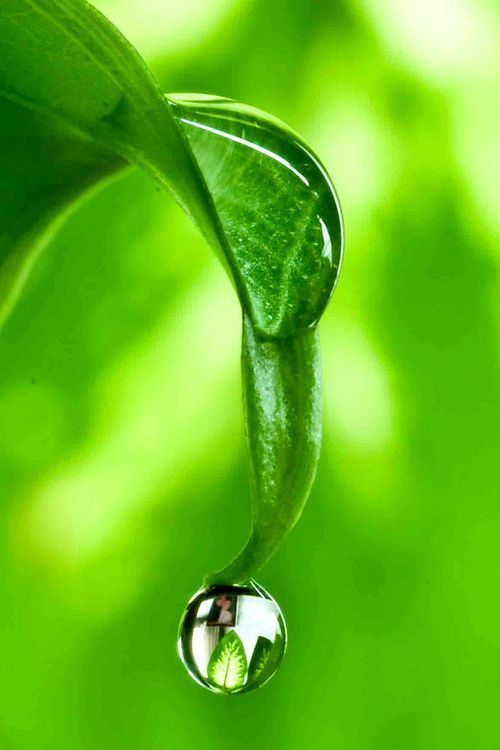Contrary to conventional scientific belief, a recent study conducted by scientists at MIT suggests that water can evaporate without the need for heat. The surprising discovery reveals that light alone can cause water to evaporate, and even more efficiently than heat. This finding could potentially enhance our understanding of natural phenomena and lead to advancements in desalination systems.
Evaporation occurs when water molecules near the surface of a liquid absorb enough energy to escape into the air as a gas, known as water vapor. Traditionally, heat has been considered the primary energy source for this process, particularly in relation to the sun’s rays during Earth’s water cycle.
However, in recent years, several teams of scientists noticed inconsistencies in their experiments involving water contained in hydrogels. They observed that the water was evaporating at significantly higher rates than expected based on the amount of heat it was exposed to, sometimes even triple the theoretical maximum rate.
Motivated by these discrepancies, the MIT researchers embarked on a study to investigate this phenomenon further. After conducting several preliminary experiments, they began to suspect that light itself could be causing the excessive evaporation. This hypothesis was surprising because water is not known to absorb light, which is why it usually remains transparent.
To test their theory, the scientists placed a hydrogel sample in a controlled environment and exposed it to different wavelengths of light. They then measured the amount of mass lost due to evaporation over time. The equipment used in the study was meticulously calibrated, and precautions were taken to prevent heat from influencing the results.
The results of the study validated the researchers’ hypothesis, as they observed water evaporation rates significantly surpassing the thermal limit imposed by heat alone. Interestingly, the degree of evaporation varied depending on the different wavelengths of light, with the highest rates occurring under green light. This observation supports the conclusion that the phenomenon is not solely reliant on heat.
The researchers conducted a similar experiment in complete darkness, applying an equivalent amount of heat to the hydrogel through electricity. They found that the rate of water evaporation remained within the expected thermal limit and significantly lower compared to light exposure.
The scientists named this newfound phenomenon the “photomolecular effect” and suggested that light photons could potentially detach clusters of water molecules near the liquid’s surface. While the study findings were observed in a controlled laboratory setting, the researchers believe that this effect could also occur naturally, such as in clouds or on the ocean’s surface. However, in these natural conditions, heat likely still plays a more dominant role in the evaporation process.
Moreover, the researchers propose that the photomolecular effect could enhance the efficiency of various systems, such as desalination or evaporative cooling. In fact, the team has already received a grant to explore the use of this effect in solar-powered desalination, which could potentially increase efficiency by three to four times. Additionally, funds have been allocated to investigate whether this phenomenon may impact climate models.
The MIT study challenges the traditional understanding of evaporation by demonstrating that light can play a significant role in this process. Further research in this area could uncover new applications and lead to advancements in various fields, benefiting both scientific understanding and practical applications.
*Note:
1. Source: Coherent Market Insights, Public sources, Desk research
2. We have leveraged AI tools to mine information and compile it



